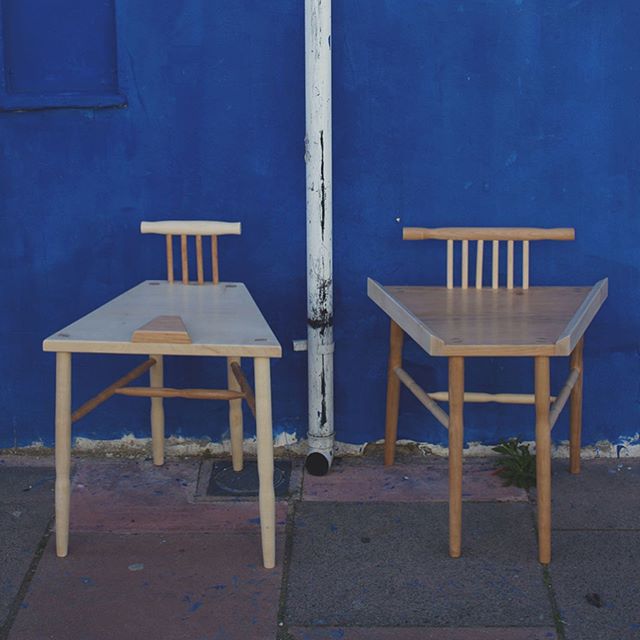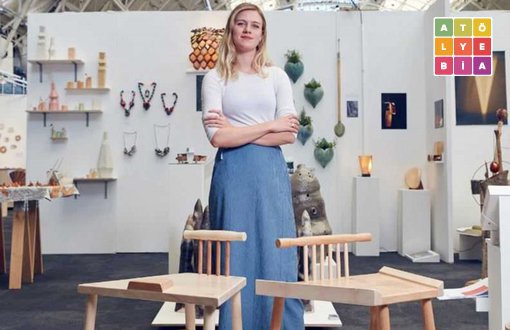Click to read the article in Turkish
Did you know that the first safety belts would not protect women because they were designed for men?
When safety belts became widespread in the 1960s, car producers conducted tests with dummies to find the safest belt.
Still, women's rate of suffering serious injuries and death was 47 percent higher than men until 2011, according to records. In 2011, it was understood that the reason for this was man-sized test dummies. Sexist approach to design directly threatens the right to life.
So, is another designing possible? We sought an answer to this question with Laila Laurel, a designer from the UK who received the Belmond Award at the New Designers show in London with her "anti-manspreading chair."
 Photos: lailapoppylaurel/Instagram
Photos: lailapoppylaurel/Instagram
"My own experiences and the conversations I had with women around me of man-spreading inspired me to make these chairs, which are a fun, tongue-in-cheek response to this problem," she says in an email.
"I was also hugely inspired by Laura Bates' 'Everyday Sexism Project' where I read about the struggles and frustrations of women around the world pertaining to men infringing on their space."
When asked why she has chosen feminist design, she says, "I think it is so important and powerful to address issues pertaining to the way we move through the world and the space we take up - such as the issue of man-spreading - as it is so intrinsic and important to our lives and daily experiences.

"I believe men have a tendency to demand more space and require women to move for them far more than vice versa. In order to challenge gender inequality as a whole, it is imperative to consider many different aspects of sexism. That is why I thought it might be interesting to explore gender politics around seating.
"These are however critical design and made as concept pieces. I would not like my chair to be actually implemented in public, as I recognize that segregating where people can sit by gender would not be helpful for attaining equality.
They simply intend to spark consideration and discussion around the issue of 'man-spreading' and other examples of 'everyday sexism' in our culture.
I think its super interesting to use Design to explore social issues as we interact with it constantly, and it serves a function in our lives in a way that art does not, therefore offering an interesting and different possibility for social commentary which to me is really exciting and something I'm keen to continue exploring."

Saying that feedback to her project has been "mixed and very interesting," Laurel is not surprised that she also gets negative comments:
"There has been a lot of really positive feedback, especially from people who interacted with the chairs physically, or I spoke to me at the exhibitions.
"There has been a fair amount online backlash also, with people sending a lot of really explicit messages. I think this is due to the objectives of my work - it being fun and humorous - being misconstrued, but I also think that the nature of trying to address gender politics is that it can be very polarising and make people really angry.
"This seems to be the nature of trying to speak for change, which is frustrating, but it won't perturb me from continuing to make socially engaged work.
"In the future, I would particularly like to continue themes of gender equality and feminism, as this is something I feel so passionately about and also qualified to discuss - being a young woman who often experiences sexism. I am hoping to continue to create design objects from this perspective." (CÇ/SK/PT/VK)






